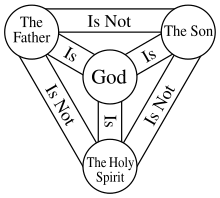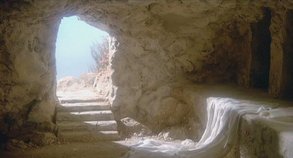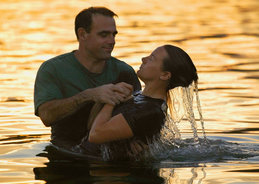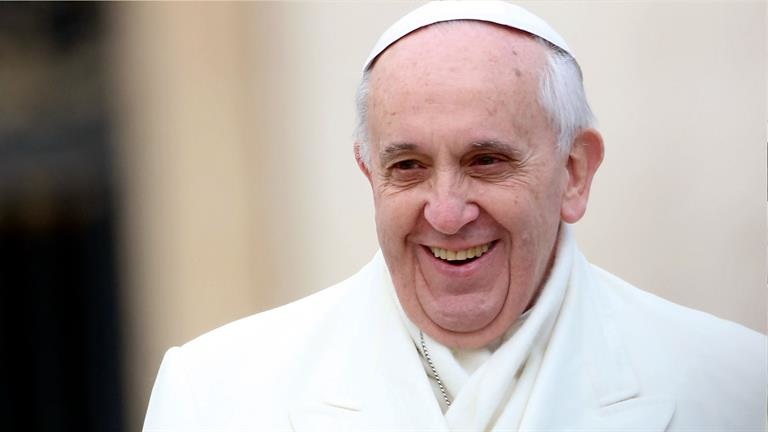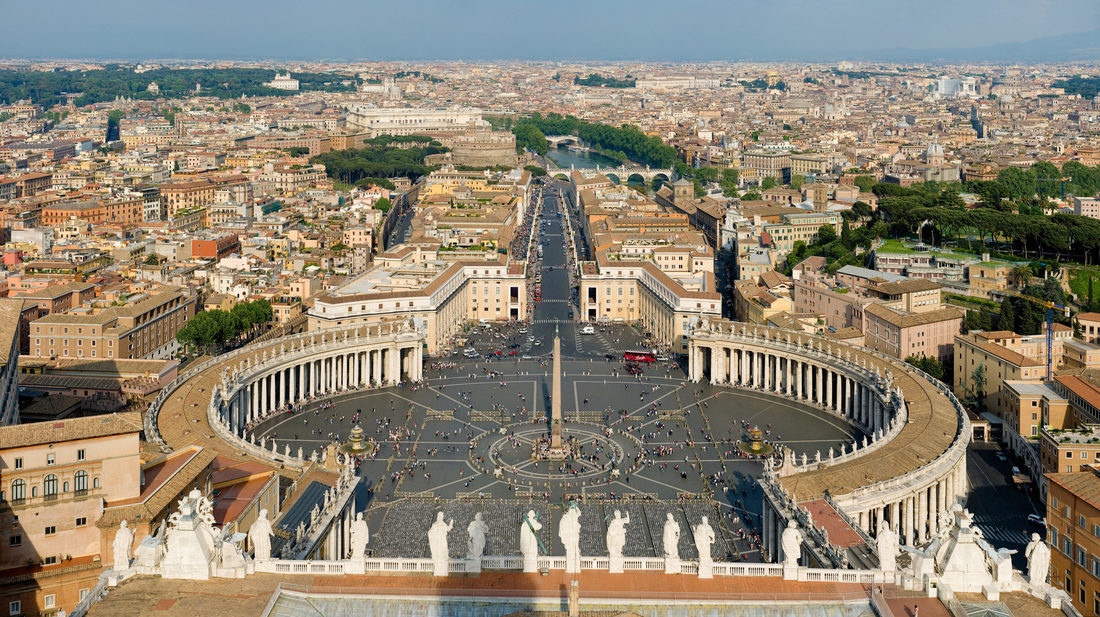CHRISTIANITY
|
The Central Teachings of Christianity
Christianity began in Southwest Asia in ancient times, when the ancient Romans ruled an area at the eastern end of the Mediterranean Sea. The Romans called this territory Judea. According to the New Testament of the Christian Bible, Jesus, the founder of Christianity, was a Jew who was born in this region. No one knows exactly when Jesus was born. But after careful study, historians now believe that he was born in about 6 B.C.E. From Southwest Asia, Christianity spread across Europe. From there, Christian missionaries carried their faith around the world. Today, Christianity is the most widespread of the world's major faiths. Christian churches are found in most parts of the globe. With two billion followers, Christianity is the largest religion, as well. About a third of the world's people call themselves Christians. Christians continue to live in Southwest Asia today. Christianity is not the major religion in the region, however. Most people in Southwest Asia follow Islam. Please go to Introduction to Christianity in your Edpuzzle account.
|
|
|
Christianity is a diverse religion. One scholar has counted over thirty thousand separate Christian denominations, or religious groups, worldwide. Each group has its own views on how the faith should be practiced. Some denominations are quite small. Others have many millions of members. Southwest Asia is home to some of the world's oldest Christian denominations. Most Christians today, including those in Southwest Asia, accept a set of central beliefs about God and his relationship with humankind. Let's examine some of these basic Christian beliefs, including the Holy Trinity, the Resurrection, and Salvation.
|
Christian Places of Worship
Christian places of worship are called churches. For most Christians, going to church and worshiping with others is an important part of Christian life. Some Christians in Southwest Asia attend church regularly, while others do not. When Christians refer to "the church," they sometimes have in mind the world community of Christians. It can also mean a specific group of Christian believers. Such a group can gather anywhere—outdoors, at home, or in a building.
Churches Churches range in size from simple buildings to vast cathedrals. But almost all display a cross, the universal symbol of Christianity. One of the most important churches in Southwest Asia is the Church of the Holy Sepulchre (SEP-uhl-ker) in Jerusalem, Israel. A sepulchre is a burial place. According to Christian belief, the church was built on the site where Jesus was crucified.
Sunday Services Most churches hold their worship services on Sunday. That is the day Christians believe Jesus rose from the dead. Christians worship in many different ways. But most Sunday services combine hymns and readings from the Bible. Hymns are songs of praise to God. Some churches celebrate Holy Communion every Sunday. Others do so only once or twice a year. Many services also include a sermon given by the church leader, such as a priest or a minister. A sermon is a speech intended for religious instruction. Prayer is a part of every worship service. People may read or say them aloud. Or worshipers may pray in silence. Christian worship services also include a profession, or declaration, of faith. The most widely accepted profession of faith among Christian churches is the Nicene Creed. Christians recite this creed to show their belief in the Trinity, the Resurrection of Jesus, and salvation.
Christian places of worship are called churches. For most Christians, going to church and worshiping with others is an important part of Christian life. Some Christians in Southwest Asia attend church regularly, while others do not. When Christians refer to "the church," they sometimes have in mind the world community of Christians. It can also mean a specific group of Christian believers. Such a group can gather anywhere—outdoors, at home, or in a building.
Churches Churches range in size from simple buildings to vast cathedrals. But almost all display a cross, the universal symbol of Christianity. One of the most important churches in Southwest Asia is the Church of the Holy Sepulchre (SEP-uhl-ker) in Jerusalem, Israel. A sepulchre is a burial place. According to Christian belief, the church was built on the site where Jesus was crucified.
Sunday Services Most churches hold their worship services on Sunday. That is the day Christians believe Jesus rose from the dead. Christians worship in many different ways. But most Sunday services combine hymns and readings from the Bible. Hymns are songs of praise to God. Some churches celebrate Holy Communion every Sunday. Others do so only once or twice a year. Many services also include a sermon given by the church leader, such as a priest or a minister. A sermon is a speech intended for religious instruction. Prayer is a part of every worship service. People may read or say them aloud. Or worshipers may pray in silence. Christian worship services also include a profession, or declaration, of faith. The most widely accepted profession of faith among Christian churches is the Nicene Creed. Christians recite this creed to show their belief in the Trinity, the Resurrection of Jesus, and salvation.
Below are pictures of Vatican City where the Pope Frances lives. He is a major figure in the the Catholic faith.
Christian Holidays
For Christians in Southwest Asia and everywhere, Christmas and Easter are the most widely celebrated holidays. But over the centuries, Christians have found other people and events to celebrate, as well.
For Christians in Southwest Asia and everywhere, Christmas and Easter are the most widely celebrated holidays. But over the centuries, Christians have found other people and events to celebrate, as well.
Please go to the Google Doc for links to information on Christian holidays and symbols.

